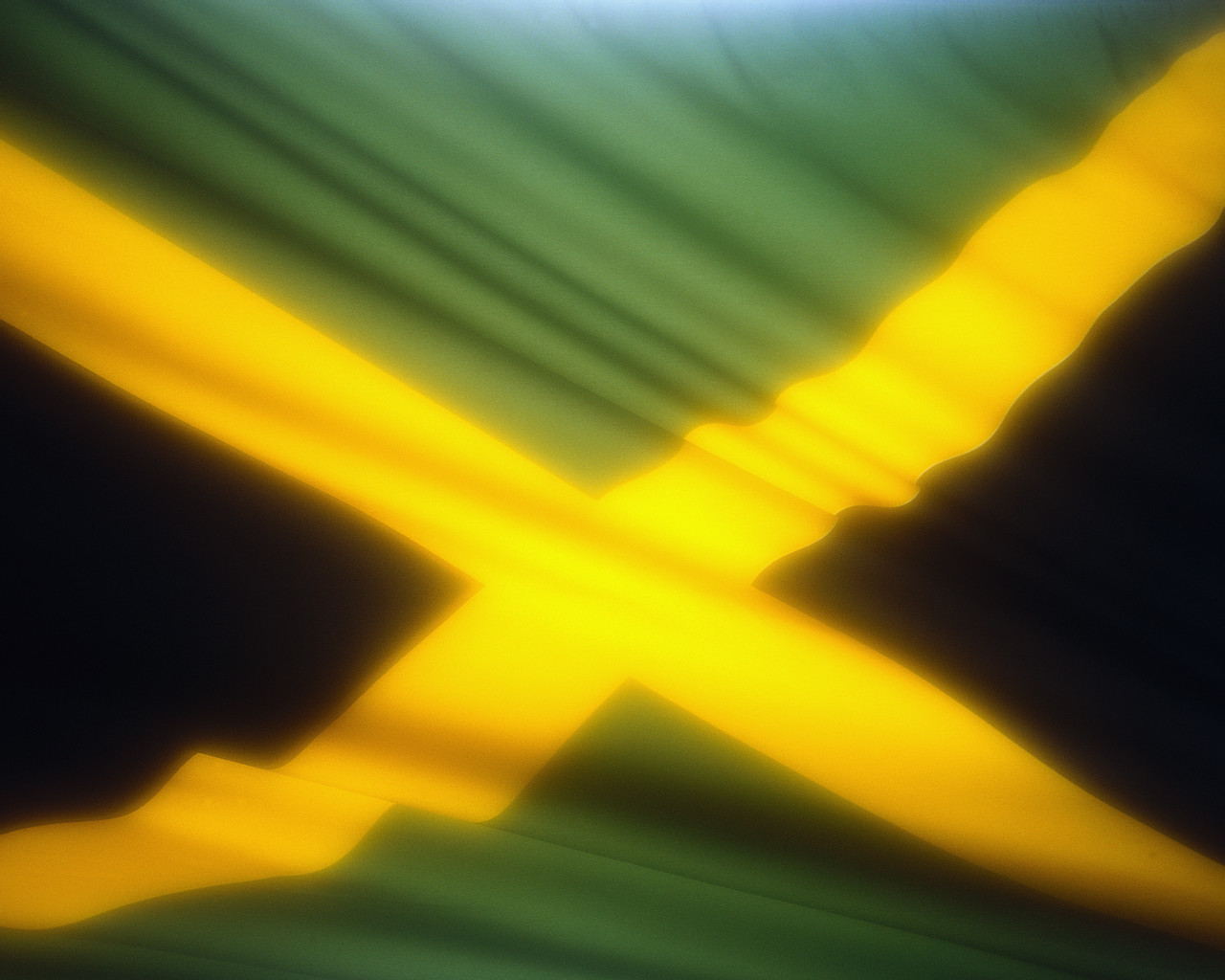Education in Jamaica
The educational system in Jamaica is modeled off the British system. Early childhood education is generally for ages 1-6. These are primarily infant schools and pre-schools. The public school system begins with primary education is for children ages 5-11 or 1st -6th grade. The primary education is organized to prepare students for secondary education. At the end of the 6th grade students are required to take a test called the GSAT exam. This is an achievement exam in math, science, social studies, language arts and communication task. Based off of the scores from this exam, they are placed into secondary school. Also, note that after 6th grade, there is no free school in Jamaica.
Secondary school is broken up into 6 forms and is split into upper school and lower school. Lower school is grades 7th - 9th, forms 1-3. Forms 4-6 are upper school. Forms 4 & 5 are equivalent to 10th & 11th grades. Form 6 is split between lower (grade 12) and upper (grade 13). Sixth form is optional and extremely competitive to get into.
The CAPE (Caribbean Advanced Proficiency Exams) are administered after 6th form and are required in order for admission into one of the nation’s universities.
There are currently 6 Universities in Jamaica:
- The University of the West Indies, Mona
- University of Technology – Jamaica, Kingston
- University College of the Caribbean, Kingston
- Northern Caribbean University, Mandeville
- College of Agriculture Science and Education, Port Antonio
- Mico University College, Kingston
These universities offer bachelorette programs and post-secondary degrees. There are also numerous other colleges, community colleges, teacher schools and trade schools to educate the people.
Ministry of Education
The Ministry of Education (MoE) is a government body in Jamaica that runs the public school system. It was established in 1953 and it was created to ensure the people of Jamaica can receive a quality education and development as well as for national growth. The structure of education in Jamaican has gone through several stages of development over the years. The former education system was established during a time where the people were in a labor intensive society, however it has now evolved into an Industrial and ICT age. This has contributed to shaping a system which is dynamic in nature, to prepare students for a national and global demand.
In 2006, the E-Learning Jamaica Project commenced. The Project is a partnership between the MoE and the Ministry of Energy, Mining and Telecommunications. Through the project, state-of-the-art information and communication technologies will be used to enhance the delivery of the curricula of secondary schools. The project is managed by the E-Learning Jamaica Company Limited which was launched the previous year. The project is expected to do the following:
- To develop a comprehensive set of standard ICT-based instructional materials for teachers and students, in 11 Caribbean secondary education subject areas;
- To provide schools with ICT equipment and software for use in the teaching and learning process, and to establish a Central Repository for the Educational Materials at MoE;
- To enhance the skills of teachers through training programs in the use of software and equipment and in modern methodologies for delivery of the high school Caribbean Examination Council syllabus;
- To provide modern technologies to existing remedial programs in high schools to ensure that all children keep pace with the schools’ programs;
- To institute standard examinations that will measure and track the performance of students in each grade in high schools, as well as, measure performance among schools.
In addition, schools will be equipped with the following:
- Desktops, laptops, printers, servers and associated software to facilitate establishment of at least two computer labs and to provide access in school libraries and staff rooms and resource and A/V Centers,
- Classroom equipment including multi-media projectors and screens, video cameras, document cameras, scanners and other ICTs
- Broad-band internet access
This project is expected to finish in fiscal year 2014 and is expected to cost a total of $52M USD in the end. Currently the project is on track and will have distributed close to 100 desktop computers, over 50 laptops and a range of instructional and teacher training materials, computer and audiovisual equipment and networks, and diagnostic tests to each of the 203 educational institutions on its list.
As of today, each school in the program received, on average, one server, 56 desktop computers, 20 laptops, three printers, 16 multimedia projectors and screens, four document cameras, two scanners, two digital cameras, two TV sets, three DVD/CD players, two VCR players, 10 netbooks, and two interactive mobile white boards.
The e-learning high school project includes 203 educational institutions — 166 public high schools, six public special schools, 10 teachers colleges, five community colleges, and 16 independent high schools.
When this project finishes, I would say that Jamaica is at a Stage 3 in the network learning process for both education and in the workplace, but currently they are a Stage 2.

